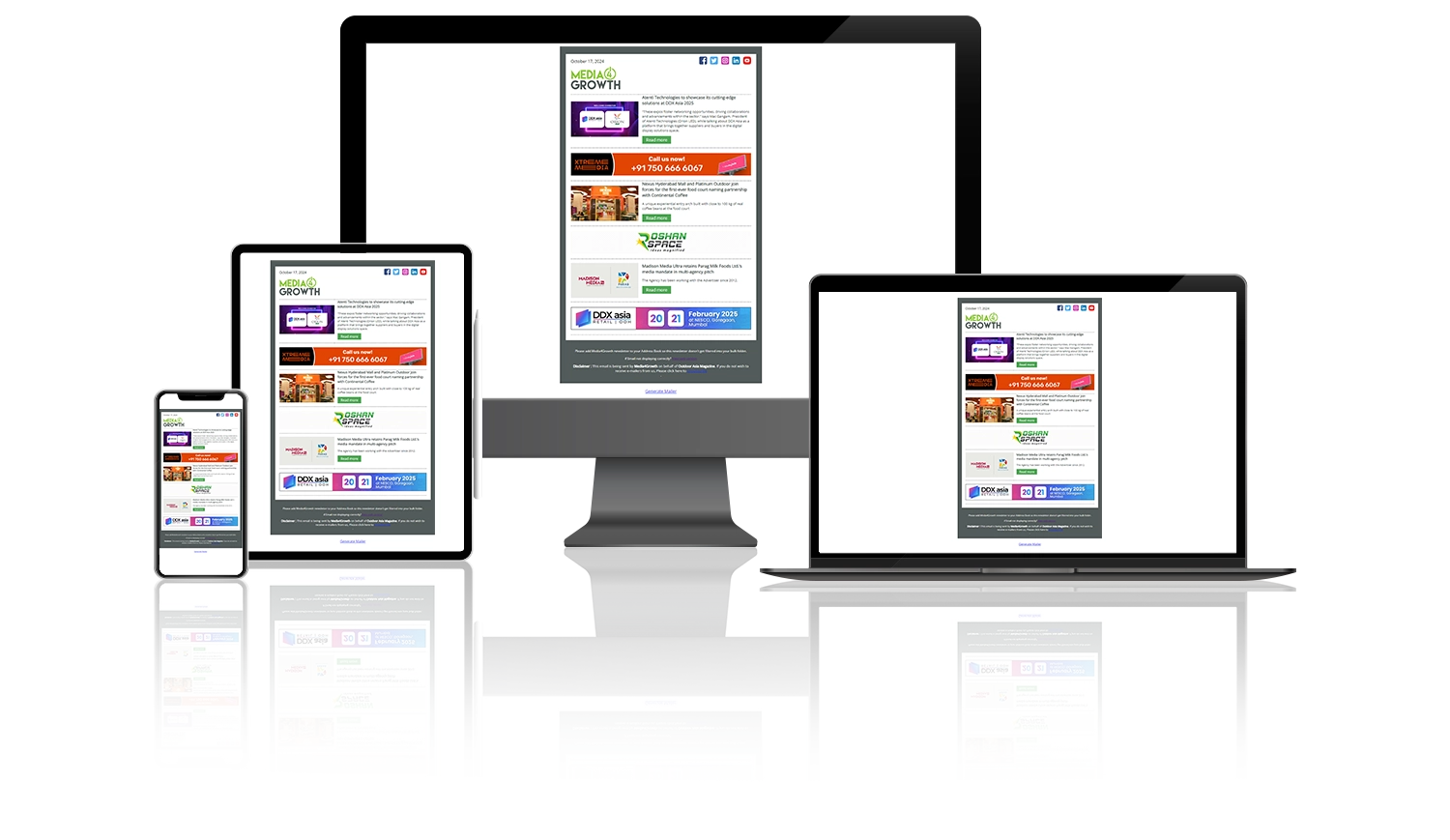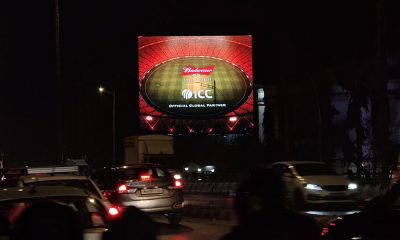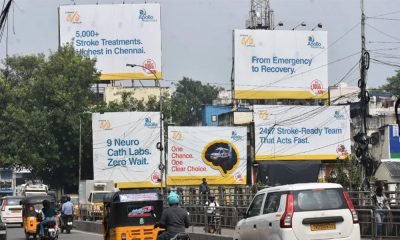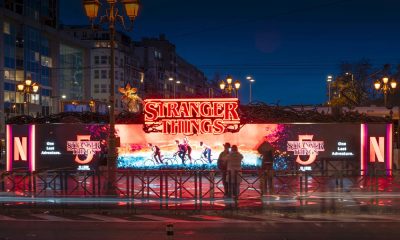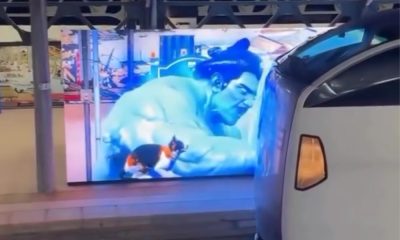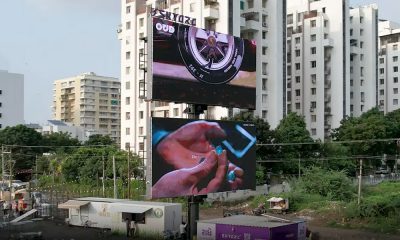Brand Insights
The rise of DOOH for Utkarsh Brands
Kunal Gurnani shares insights on the growth, challenges, and future potential of DOOH in India’s evolving advertising landscape.

Digital out-of-home (DOOH) advertising is gaining momentum in India’s advertising landscape. While it remains a small portion of the total out-of-home (OOH) ad spend, it is making significant inroads in premium locations and high-footfall areas. Kunal Gurnani, Head of Marketing at Utkarsh India Limited, shares his perspective on this evolving industry.
“DOOH has grown from almost zero to now account for around 6-7% of our total budget,” Kunal states, indicating its growing importance. Currently, DOOH contributes approximately 6–10% of total OOH ad spend in India, rising to 15–20% in premium locations like malls, metro stations, and airports.
However, static billboards continue to dominate, particularly in tier-2 and tier-3 cities due to their affordability and greater availability.
Growth drivers: Technology and urban expansion
“Programmatic advertising, smart city initiatives, and the expansion of transit media are key growth drivers,” Kunal explains. The ability to deliver dynamic, data-driven content is attracting more brands. “DOOH offers real-time updates and allows for contextual advertising, making it a valuable tool for marketers,” he adds.
At the same time, challenges persist. “High costs, regulations, and scalability issues limit its widespread adoption,” Kunal notes. “Attribution and ROI tracking are still evolving, but improvements in AI, mobile data, and impression analytics are enhancing measurement capabilities.” The execution process remains complex, particularly in content management and real-time updates.
Key locations: Where DOOH thrives
Kunal highlights the locations where DOOH is most effective: “Transit hubs such as airports and metro stations, malls like Phoenix Market City and Select City Walk, and corporate hubs such as Cyber Hub, BKC, and Electronic City are key areas where DOOH is performing well.” However, he acknowledges that its reach is still largely concentrated in metro cities.
“In the eastern region, DOOH has seen significant success during festivals” he shares. “Leveraging high footfall areas, interactive displays, and contextual content has helped brands amplify their visibility during the festival.”
Technology and engagement: Redefining outdoor advertising
Unlike static billboards, DOOH allows for real-time, interactive content updates. “AI-driven systems enable brands to adjust their messaging based on factors like traffic, weather, and live events,” Kunal says. “Interactive features such as NFC, AR, and QR codes further enhance consumer engagement.”
“The ability to deliver hyper-localized campaigns is a major advantage,” he explains. “Brands can now tailor their ads to specific locations, ensuring they remain relevant to the hyper targeted audience at a given moment.”
Success stories: How brands are leveraging DOOH
Kunal shares a notable case study: “PepsiCo’s Gatorade campaign in Delhi and Mumbai effectively utilized programmatic ads, live sports updates, and QR codes for engagement. Geo-fencing allowed for store visit tracking, resulting in a 20% increase in in-store purchases.”
He reiterates how cultural events have proven to be key opportunities for DOOH campaigns. “During Durga Puja, brands successfully used interactive screens and dynamic messaging to connect with large audiences, creating a lasting impact.”






